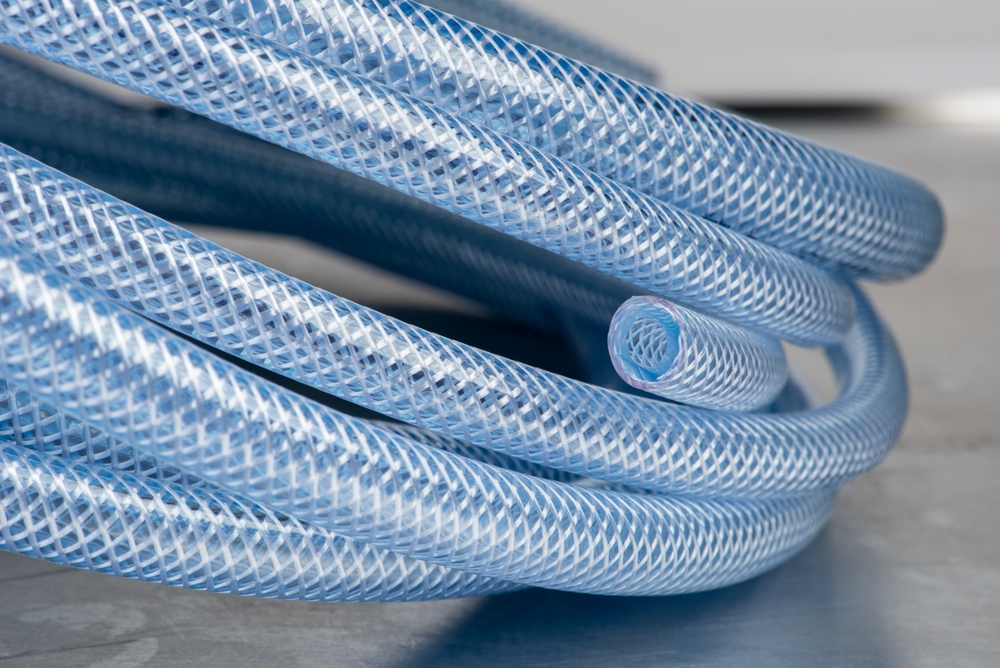
Proper Storage Tips for Pneumatic Hoses in a Shop or Garage
Pneumatic hoses are essential components in workshops and garages, powering various tools with compressed air. However, their performance, durability, and safety largely depend on how they are stored and handled. Without proper care, hoses can become damaged, tangled, or brittle, leading to costly replacements and potential hazards. Understanding the best pneumatic hose storage tips and proper pneumatic hose handling practices will help you maintain your equipment for years to come.
In this comprehensive guide, we’ll explore effective strategies for extending the lifespan of your pneumatic hoses, preventing premature wear, and ensuring optimal performance in your shop or garage.
The Importance of Proper Pneumatic Hose Storage
Pneumatic hoses are typically made from materials like rubber, PVC, polyurethane, or hybrid blends. While these materials are durable, they remain vulnerable to environmental factors such as temperature extremes, UV exposure, and moisture. Poor storage can cause the hose material to dry out, crack, or become excessively soft, impacting its ability to handle air pressure safely.
Improper storage can also lead to kinks, twists, and permanent deformities in the hose structure, which restrict airflow and reduce efficiency. In extreme cases, it can even compromise the safety of pneumatic tools by causing pressure fluctuations or leaks.
By following proper pneumatic hose storage tips, you not only prolong the life of the hoses but also improve the overall performance of your pneumatic system. This results in fewer replacements, reduced maintenance costs, and a safer workspace.
Best Practices for Storing Pneumatic Hoses in a Shop or Garage
Storing pneumatic hoses the right way starts with understanding their environment and usage patterns. The goal is to keep them secure, accessible, and protected from potential damage while ensuring efficient workflow in your shop or garage.
One of the most effective solutions is using wall-mounted hose reels. These reels allow you to neatly wind and unwind your hoses without tangling, reducing wear from unnecessary dragging on the floor. Retractable reels are particularly helpful because they automatically organize your hoses after each use, saving time and preventing clutter.
If hose reels aren’t an option, coiling the hoses manually is an alternative. Make sure to create smooth, loose loops instead of tight bends, which can cause structural stress and eventual cracks. Hoses should be hung on hooks or brackets specifically designed for their diameter to avoid flattening or deforming them over time.
Another crucial factor is keeping hoses off the floor whenever possible. Floors in garages and shops often accumulate oil, dirt, and sharp debris, all of which can puncture or corrode hoses. Elevating them ensures better longevity and maintains a safer, cleaner workspace.
Maintaining Optimal Environmental Conditions for Hose Longevity
Even when stored properly, pneumatic hoses are susceptible to environmental damage if the surrounding conditions aren’t managed effectively. High humidity levels can lead to mold growth or internal condensation, which deteriorates hose materials and weakens connections over time. Similarly, exposure to extreme heat or freezing temperatures can cause hoses to harden, crack, or lose flexibility.
Shops and garages with climate control provide the best environment for pneumatic hoses. Ideally, hoses should be stored in temperatures between 50°F and 85°F to preserve their material integrity. If climate control isn’t feasible, placing hoses away from direct sunlight, heaters, and cold drafts helps minimize temperature-related damage.
Additionally, avoid prolonged exposure to chemicals such as solvents, oils, and cleaning agents commonly found in workshops. These substances can break down rubber and synthetic compounds, reducing hose strength and causing unexpected failures. Proper pneumatic hose handling means keeping hoses clear of potentially harmful contact whenever possible.
Proper Handling Techniques to Prevent Damage
Even with optimal storage, improper handling during use can significantly shorten a hose’s lifespan. One of the most important rules is to avoid dragging hoses across sharp or abrasive surfaces. Always lift and move hoses carefully to prevent cuts and scrapes that could lead to air leaks.
Kinks and twists are another common issue that occurs when hoses are forced into tight bends or pulled from awkward angles. Over time, this weakens the internal structure, causing permanent deformities. To prevent this, uncoil hoses completely before use and avoid overstretching them beyond their designed length.
Proper pneumatic hose handling also involves checking for obstructions and ensuring a smooth, untangled path to your tools. When connecting hoses to compressors or pneumatic tools, inspect fittings for secure connections to prevent accidental disconnections and leaks. Taking a few extra seconds to set up properly can save hours of troubleshooting and unnecessary wear later on.
Finally, regular inspection and maintenance play a vital role in prolonging hose life. Examine hoses for cracks, soft spots, bulges, or worn fittings. Replace damaged components immediately rather than continuing use, which can pose safety risks and lead to expensive downtime.
Extending the Lifespan of Pneumatic Hoses Through Careful Management
Adopting a proactive approach to hose care combines storage, handling, and maintenance into one cohesive system. Investing in quality hose reels or racks reduces clutter and minimizes bending stress. Establishing a dedicated storage area keeps hoses away from hazards like heavy machinery, welding sparks, or chemical spills.
Labeling hoses by size, length, and intended purpose can also improve efficiency and safety. By knowing exactly which hose to grab for a particular task, you avoid overloading smaller hoses with excessive pressure or using the wrong material for specific tools.
When hoses are not in regular use, consider disconnecting them from compressors and tools. This relieves unnecessary pressure on fittings and seals, reducing the risk of leaks and premature degradation. For shops with multiple users, training team members on proper pneumatic hose handling ensures everyone follows consistent practices, extending the life of shared equipment.
Ultimately, consistent care and attention to detail will not only help you get the most out of your hoses but also improve the performance of every pneumatic tool in your garage or shop.
Conclusion
Pneumatic hoses are critical components in many shop and garage setups, but their effectiveness depends heavily on how they’re stored, maintained, and handled. By implementing the right pneumatic hose storage tips and practicing proper pneumatic hose handling techniques, you can extend hose longevity, reduce replacement costs, and maintain a safer work environment.
From investing in hose reels and optimizing environmental conditions to avoiding kinks, abrasions, and chemical exposure, every small habit contributes to overall equipment performance. When hoses are cared for properly, they deliver consistent airflow, support tool efficiency, and ensure smooth day-to-day operations in any workspace.
Royal Brass Incorporated
Welcome Royal Brass Incorporated! We are your 3rd generation, family-owned, local hose supplier! Our family has dedicated our services to supplying northern California with all types of hoses, fittings, flanges, regulators, valves, adapters, and gauges. We pride ourselves on having the most extensive inventory in northern California. Our inventory ensures that we can fix most products on site, the same day. Here at Royal Brass Incorporated, we only hire qualified individuals who are trained in factory sales. Our fully stocked warehouses ensure that we can fill your hydraulic and pneumatic hose, tubing, and fitting needs on time, every time. High-quality customer service is our goal and has been since 1952. Stop by or contact us today!
Categorised in: Pneumatic Systems





